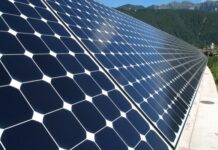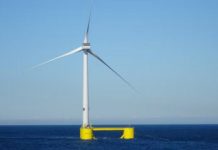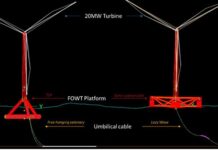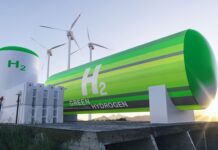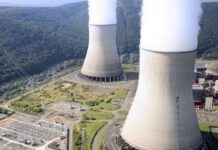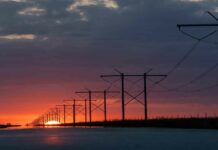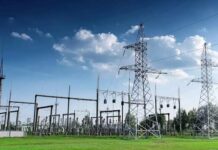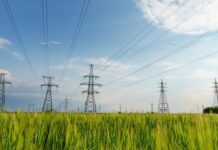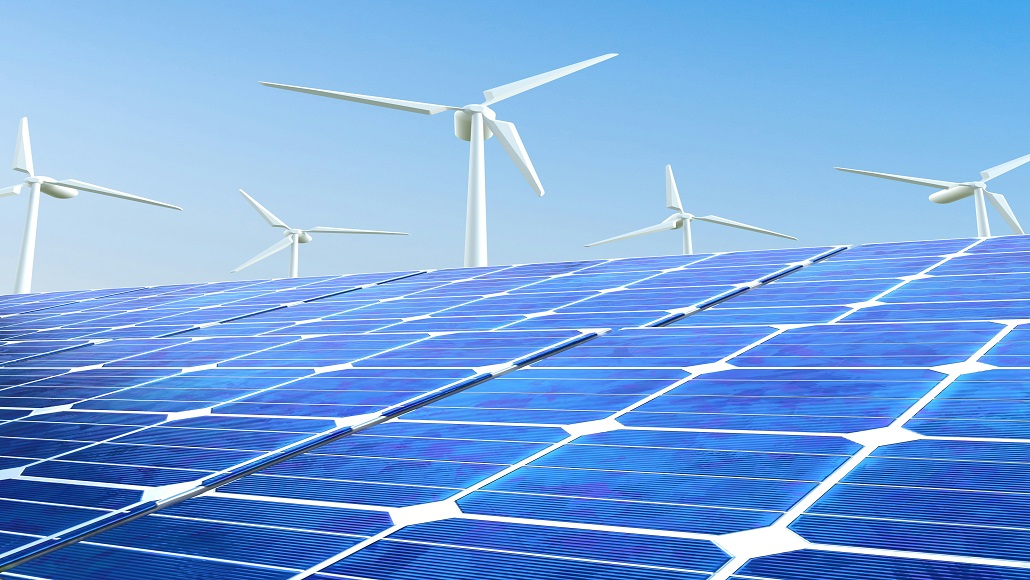Wind and Solar Outpace Coal for the First Time in U.S. Electricity Mix
As electricity demand keeps climbing across the United States, the question now isn’t just how to keep the lights on — it’s how to do it without leaning further into fossil fuels.
In 2024, the country quietly crossed a major renewable energy milestone. Wind and solar power together generated more electricity than coal in U.S. for the first time ever. That’s according to new findings from Ember, based on a full year of data from the U.S. Energy Information Administration. Together, wind and solar power accounted for 17 percent of total electricity generation. Coal fell to just 15 percent, its lowest share on record.
This happened in a year when electricity use jumped 3 percent — the fifth-largest spike since 2000. Natural gas did grow to meet part of that demand, but solar growth told a bigger story. In fact, it added more new generation than gas, suggesting a deep shift in where America’s power is coming from.
Renewable Energy Picks Up Speed
Solar stood out, growing by 27 percent and adding 64 terawatt-hours to the grid. Wind power added another 32. That growth helped balance both the steep drop in coal output and a sharp rise in electricity demand overall.
Gas-fired generation grew by 59 terawatt-hours — up just over three percent — but it was solar that met the largest chunk of the demand increase. Coal, on the other hand, lost ground again. Since 2007, coal in U.S. has dropped by 68 percent. Emissions from the power sector have come down by nearly a third in that same period.
Batteries Are Changing the Game
One reason solar has been able to take on a bigger role is battery storage. The ability to store solar power during the day and use it in the evening is solving one of clean energy’s biggest challenges.
In states like California and Nevada, solar now makes up more than 30 percent of the electricity mix. That’s the first time either state has hit that number. California also led the way in energy storage, installing more battery capacity than solar panels — a move aimed at keeping the grid steady when the sun goes down.
Across the country, solar developers added 31 gigawatts of new large-scale capacity, while battery storage added another 10. Texas had a breakout year, building more new solar and battery projects than any other state — even outpacing California.
What’s Holding Things Back?
There are still real obstacles with clean energy. Wind energy added the smallest amount of new capacity in over a decade. And more than half of U.S. states still get less than five percent of their electricity from solar.
To keep momentum, the report says the country needs better grid infrastructure, faster permitting, and more investment in clean tech.
Coal’s decline continued, but fossil fuel use overall ticked up slightly, pushing power-sector emissions up by 0.7 percent. Still, emissions per unit of electricity were the lowest they’ve ever been.
This isn’t just a data point. It marks a turning point. The U.S. is using more electricity than before, and solar is now going toe-to-toe with gas. If investment in renewable energy stays strong, and storage keeps scaling, the U.S. could meet future power needs without stepping back on climate progress.






